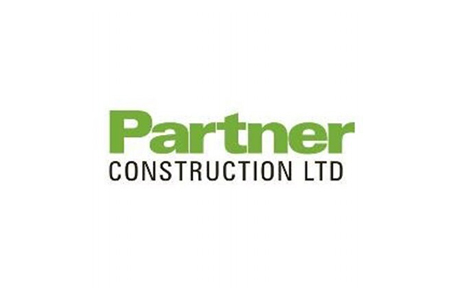Partner Construction Ltd

Client
Brief
arc4 was requested to carry out a series of robust and defensible housing needs assessments on behalf of Partner Construction Ltd, in locations of potential new development. We were approached to do this due to our track record in delivering timely information to support affordable housing development applications.
The brief was to establish the extent of affordable housing requirements in rural areas. This can be difficult to deliver, and developers need a robust evidence base to support planning applications.
Our client required at least eight surveys to be completed in parishes using either postal or telephone surveys.
What we did
All arc4 research was carried out in accordance with Communities and Local Government (CLG) best practice (drawing upon the CLG Strategic Housing Market Assessment Guidance), and with the National Planning Policy Framework taken into account.
All housing needs assessment work included:
- A household survey
- Housing needs modelling
- An assessment of affordability
- An assessment to determine the scale of homelessness
- A defined split between intermediate and affordable rented tenure options for affordable housing
- The impact of migration
The household survey is critical to delivering a robust analysis and evidence base, and to ensuring that the survey included a wide range of questions and delivered a good response rate.
We tailored the questionnaire to the key issues being considered (the need for affordable housing and market demand issues). It included sections on:
- Your home, neighbourhood and household (property type, size, tenure, age, length of residence, satisfaction with dwelling and repair; household size, type, age, ethnicity, employment status, workplace, disability, adaptations, help required, older persons’ housing options, rent or mortgage costs and help, ability to pay housing costs and gross income)
- Housing history (previous address, tenure, type, size, reasons for moving)
- Future requirements: whole household (preferences and expectations by type, size, tenure, reasons for moving, equity availability, location preferences, registration on choice-based lettings system)
- Future requirements: emerging households (type, size, tenure, location, likely income and access to finance)
- The household survey included questions on household aspirations and the types of properties (new build and pre-existing) residents have moved into over the past five years. This information helped to inform the type and mix on new market developments, by exploring what people have moved to and the extent to which this met their aspirations
In order to maximise response rates to the survey, we:
- Posted a ‘tried and tested’ questionnaire which is designed to be easy to read, and only includes questions of relevance to survey objectives as agreed with the client
- Provided an 0800 freephone number to deal with queries and provide assistance with completing the questionnaires
- Generated good publicity through local media
- Proposed a ‘prize draw’ of £100 first prize and £50 second prize for households completing a survey or telephone interview
As part of our research arc4 also conducted a review of relevant secondary data (house price trends, population and economic data) and interviewed estate agents to complement the household survey. This multi-method approach increases the robustness and outputs of the programme.
Housing need modelling was undertaken at parish and village level, and considered the following needs factors, as per CLG guidance:
- Current housing need and the extent to which households can afford open market solutions (using household survey evidence)
- Housing need arising from new household formation (using household survey evidence)
- Existing households likely to fall into need (using a combination of household survey evidence and Registered Provider (RP) CORE lettings data evidence)
- Supply of affordable housing (using RP CORE lettings and sales data, as well as considering the role of the private rented sector)
In line with MHCLG SHMA guidance, the household survey data was analysed to identify a threshold at which a rent or mortgage is deemed to be unaffordable.
The analysis also considered property type (houses, flats, bungalows) and tenure preferences (Housing Association and intermediate tenure options) in order to gauge the appetite for intermediate tenures in the area, including shared ownership, shared equity and discounted home ownership.
The Result
arc4 designed a Computer Assisted Telephone Interviewing (CATI) survey mechanism. This featured filter and routing questions to ensure that the vast majority of residents only needed to answer a few questions, while those expressing a need or desire to progress further, went on to answer all of the key questions required to provide robust and detailed analysis.
This approach is accurate and highly cost effective for the client, and has delivered excellent outcomes in terms of providing a robust evidence base for submitting planning applications, and securing planning permission.
Overall arc4’s work on needs assessments in rural areas has provided evidence resulting in new affordable housing of an appropriate mix, and which meet the needs of local people.